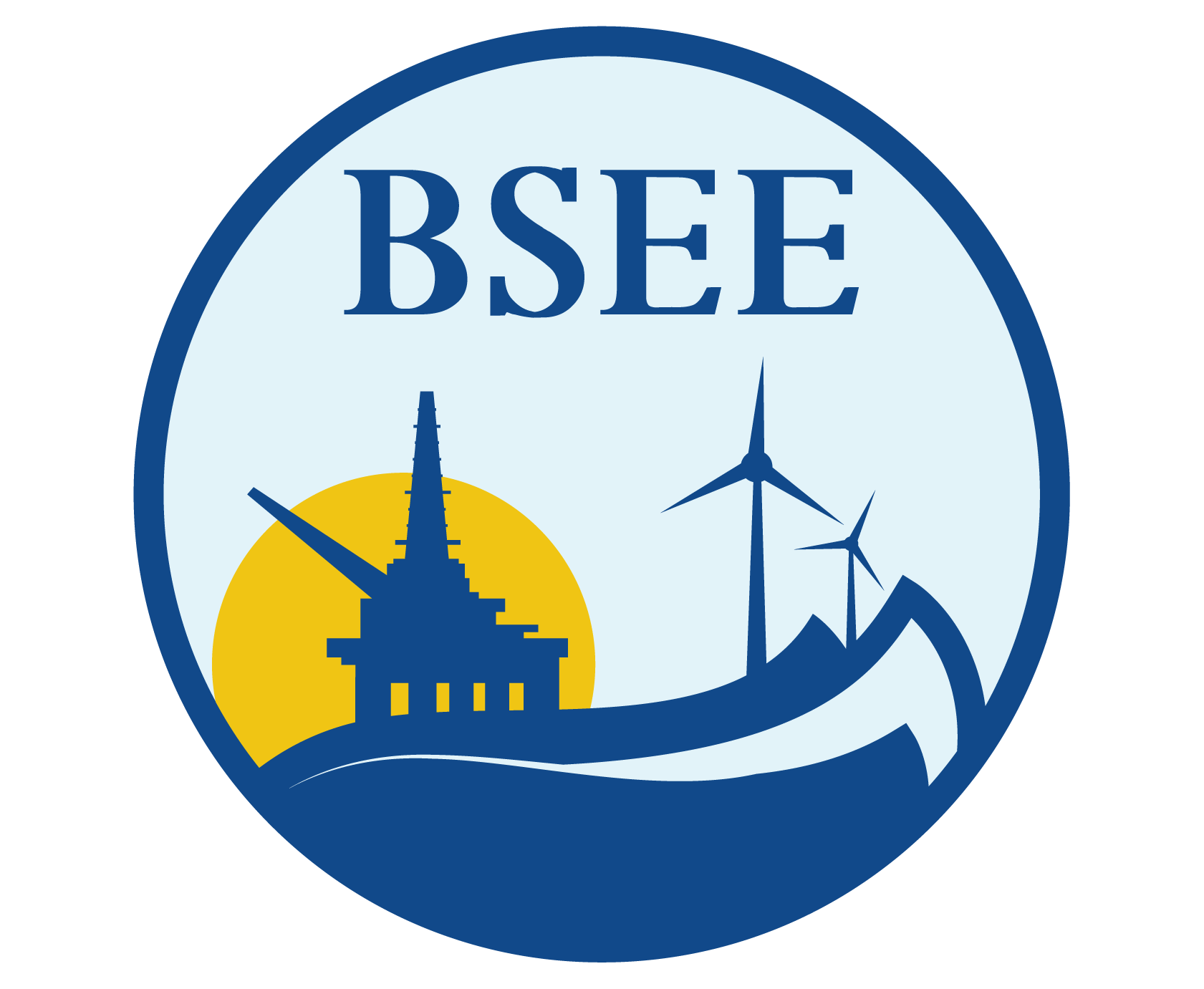You are viewing ARCHIVED content published online before Jan. 20, 2025. Please note that this content is NOT UPDATED,
and links may not work. Additionally, any previously issued diversity, equity, inclusion or gender-related guidance on
this webpage should be considered rescinded. For current information, visit
News Items | Bureau of Safety and Environmental Enforcement.
The archaeological excavation of a historic shipwreck, the deepest scientific recovery of artifacts ever attempted in the Gulf of Mexico, is the subject of a report published by the U.S. Department of the Interior’s Minerals Management Service (MMS), the federal agency that regulates the development of the nation’s offshore energy resources.
The shipwreck lies 35 miles off the coast of Louisiana in 4,000 feet of water near the Okeanos Gas Gathering LLC gas pipeline, and was discovered as a result of the permitting process, required by MMS, for laying pipelines.
'When it became apparent that the shipwreck could be jeopardized by the construction of a deepwater pipeline, MMS worked with industry, the State of Louisiana, and the President’s Advisory Council on Historic Preservation in Washington, D.C., to preserve this historic site,' said MMS director Randall Luthi.
In 2004, MMS directed Okeanos to fund the recovery of shipwreck materials. Texas A&M University’s Department of Oceanography and Nautical Archaeology Program, accompanied by MMS archaeologists, conducted the archaeological recovery of the shipwreck artifacts in 2007.
Although the ship has yet to be identified, archaeologists refer to it as the Mardi Gras Shipwreck after the name of the pipeline near which it was found. A specially equipped, Remotely Operated Vehicle (ROV) was used to recover more than 500 artifacts which have been preserved and analyzed for the historical story they tell. The artifacts will be placed on public display in Louisiana following their restoration at Texas A&M’s Conservation Research Laboratory.
The artifacts recovered from the seafloor indicate the wreck occurred between 1808 and 1820, and include glass bottles and tableware from France, creamware ceramics from England, British navigational equipment, personal items, a variety of European weapons, a Scottish cannon, and a rare ship’s stove.
'We believe this shipwreck tells an important story about the role of the Gulf of Mexico during this period,' said MMS archaeologist Dr. Jack Irion. 'New Orleans was a crucial part of the global clash between European empires. This was a critical period, not only for Louisiana, but for both U.S. and world history,' he added.
The final report written by Texas A&M staff entitled Archaeological Excavation of the Mardi Gras Shipwreck (16GM01), Gulf of Mexico Continental Slope (MMS Report 2008-037) is available here. Additional information on the Mardi Gras Wreck can be found at the project web site at http://www.flpublicarchaeology.org/mardigras/ and at A&M’s Center for Maritime Archaeology and Conservation website athttp://nautarch.tamu.edu/mardigras/.
The Mardi Gras shipwreck serves as the theme for the Louisiana Division of Archaeology’s Archaeology Month celebrations this October. The wreck is featured on the official poster, and there will be showings of a film made about the excavation: Mystery Mardi Gras Shipwreck. For more information go tohttp://www.crt.state.la.us/archaeology/homepage/arch.htm.
Contact:
Eileen Angelico 504-736-2595
Caryl Fagot 504-736-2590
